
I’ve had a very long summer blogging break – the longest, I think, since I started blogging about a million years ago! It’s been another intense year in my household, not least because all three of my children were at fairly crucial points in their academic lives, and I felt that a complete break from the demands of my usual routine was in order. Like the school summer break of childhood, a chance to recharge the work and blogging batteries.
My break was extended by the unexpected and very welcome arrival of something resembling ‘summer’ last week, so I spent it prioritising getting outside, gardening and laundry – practically everything textile in my house has been through the washing machine!
The break was worth it. I went to Ireland to visit family as usual, but also managed to fulfil a long-held ambition of visiting the north west of the country. Despite having been to Ireland several times a year for more than two decades (with the exception of the Covid hiatus), I have never managed to venture as far as that. When I was at university studying for my Bachelor’s degree in English literature, I fell in love with the poetry of WB Yeats and always wanted to go to Sligo, the place where he spent much of his youth and which inspired so much of his work. His grave is also there, lying in the shadow of Ben Bulben, the distinctive mountain he revered and which was the subject of one of his final poems. Back then, Sligo seemed so far away.
My fascination with the county has been reawakened in recent years as I have grown to love the work of Sebastian Barry; Sligo is one of the settings he evokes so brilliantly in his novels. It was therefore a complete joy for me to go there this August. See some of my holiday snaps below. I also went to County Fermanagh in Northern Ireland ( a very much under-visited and very beautiful part of the world, which I encourage you to visit), and County Donegal, which I found even more beautiful than Sligo, if I’m honest.





Busy days on the beaches and highways of Donegal!


The colours of Donegal – they don’t call it the Emerald Isle for nothing!


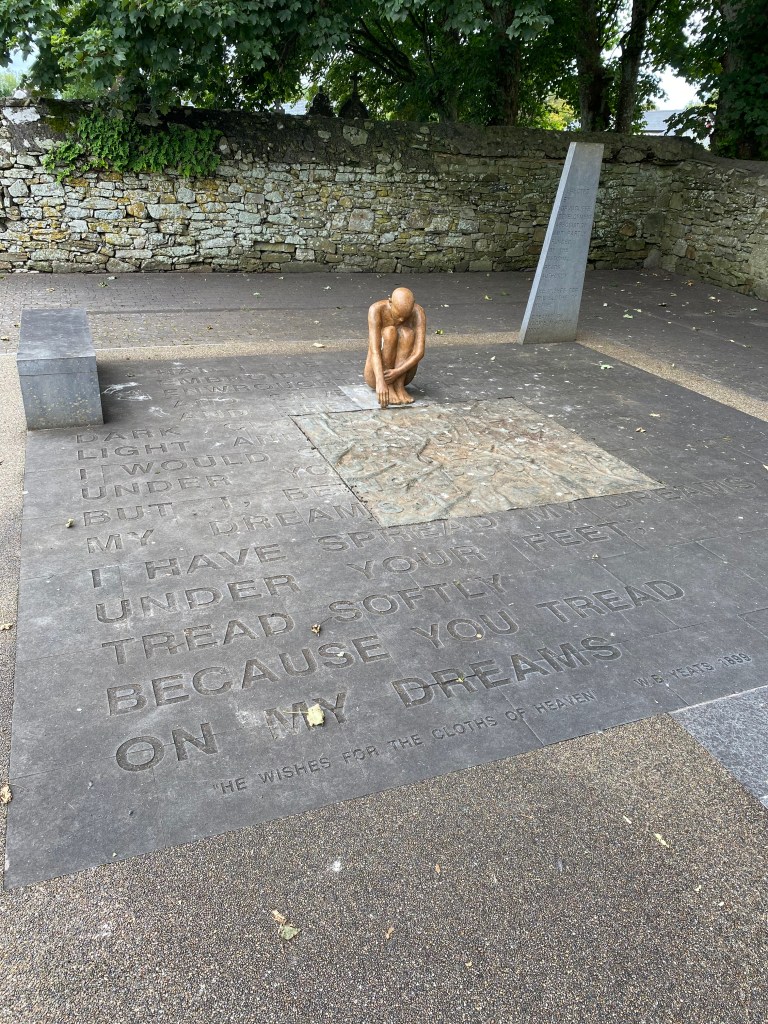
The grave of WB Yeats in Drumcliffe churchyard and a memorial which stands outside bearing the text of his poem ‘He Wishes for the Cloths of Heaven’


So, that was my slightly literary-themed sojourn in the north west of Ireland. I would encourage anyone to add this stunning part of the world to their travel bucket list.
And now thoughts turn to autumn, to new ventures and the year ahead (as I have written on here many times before I love the ‘back to school’ feeling and the sense of new beginnings it gives me). I am taking on a some major new training for my day job (so it really is back to school for me, as a mature student at university!) I have almost completed my second novel and will be submitting it to competitions, agents and publishers. And of course, I will keep reading as much as I can and blogging about my thoughts.
Enjoy the fruits of this very special time of the year!




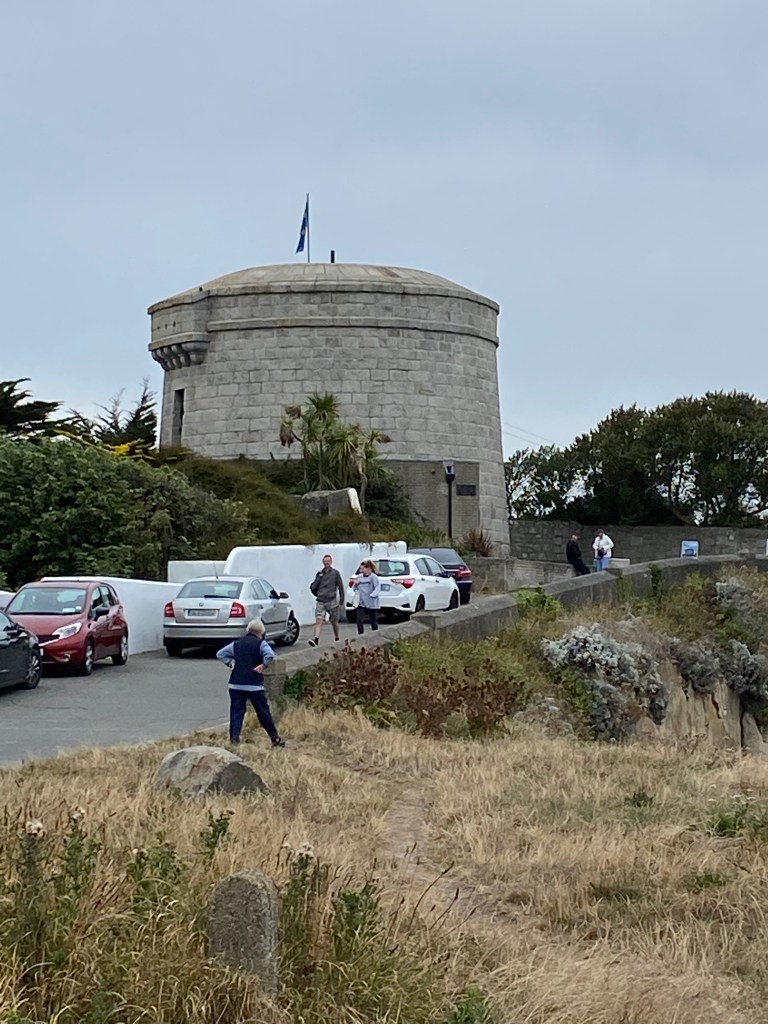







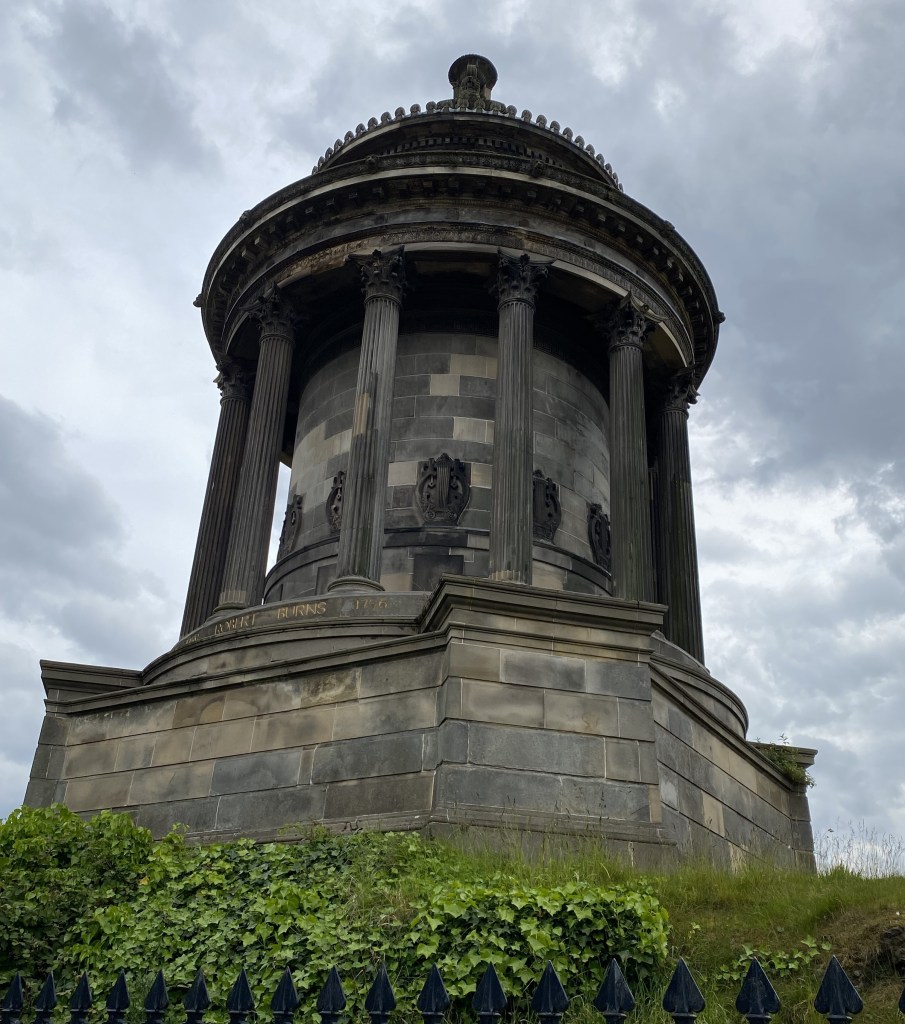

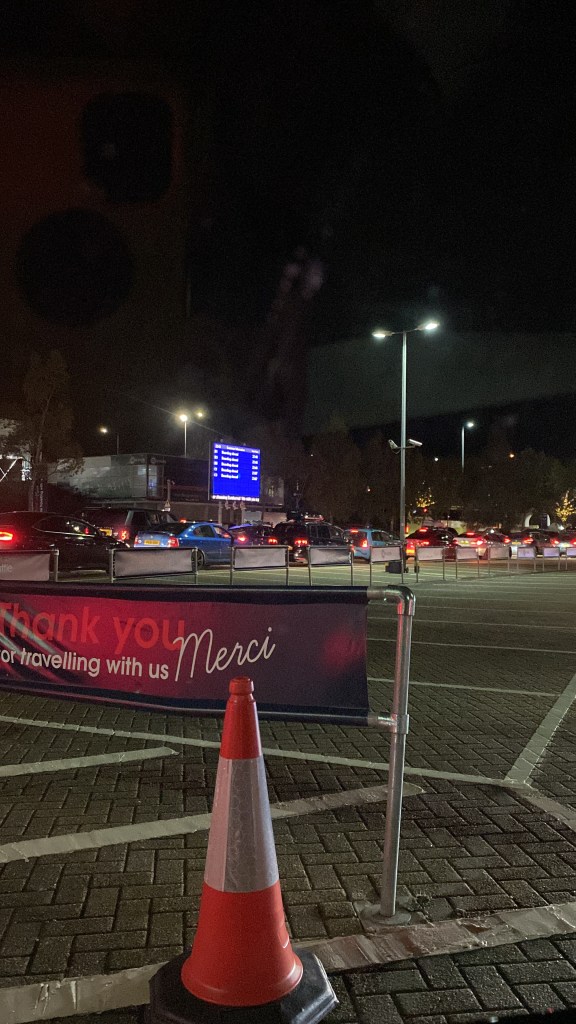



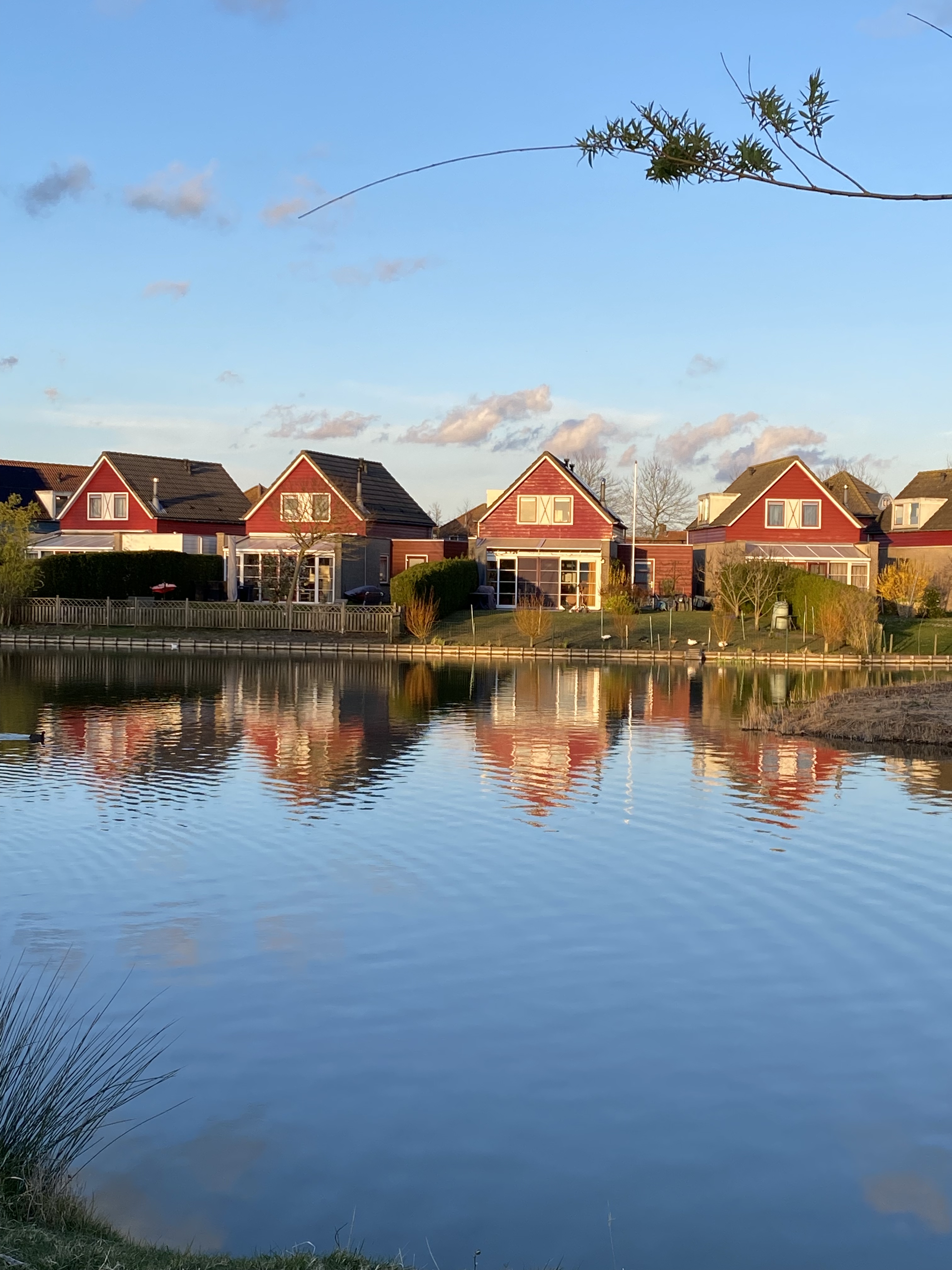
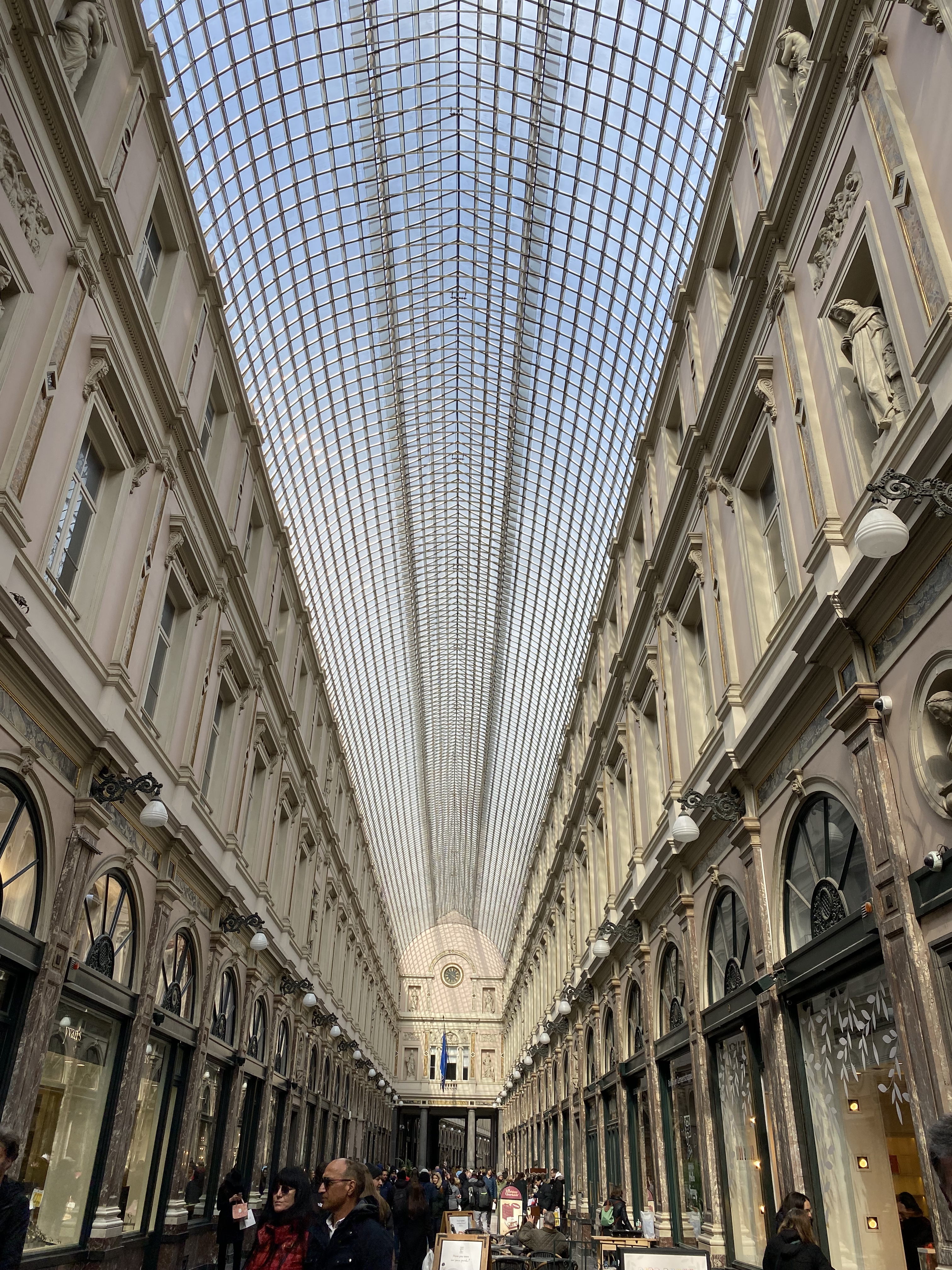




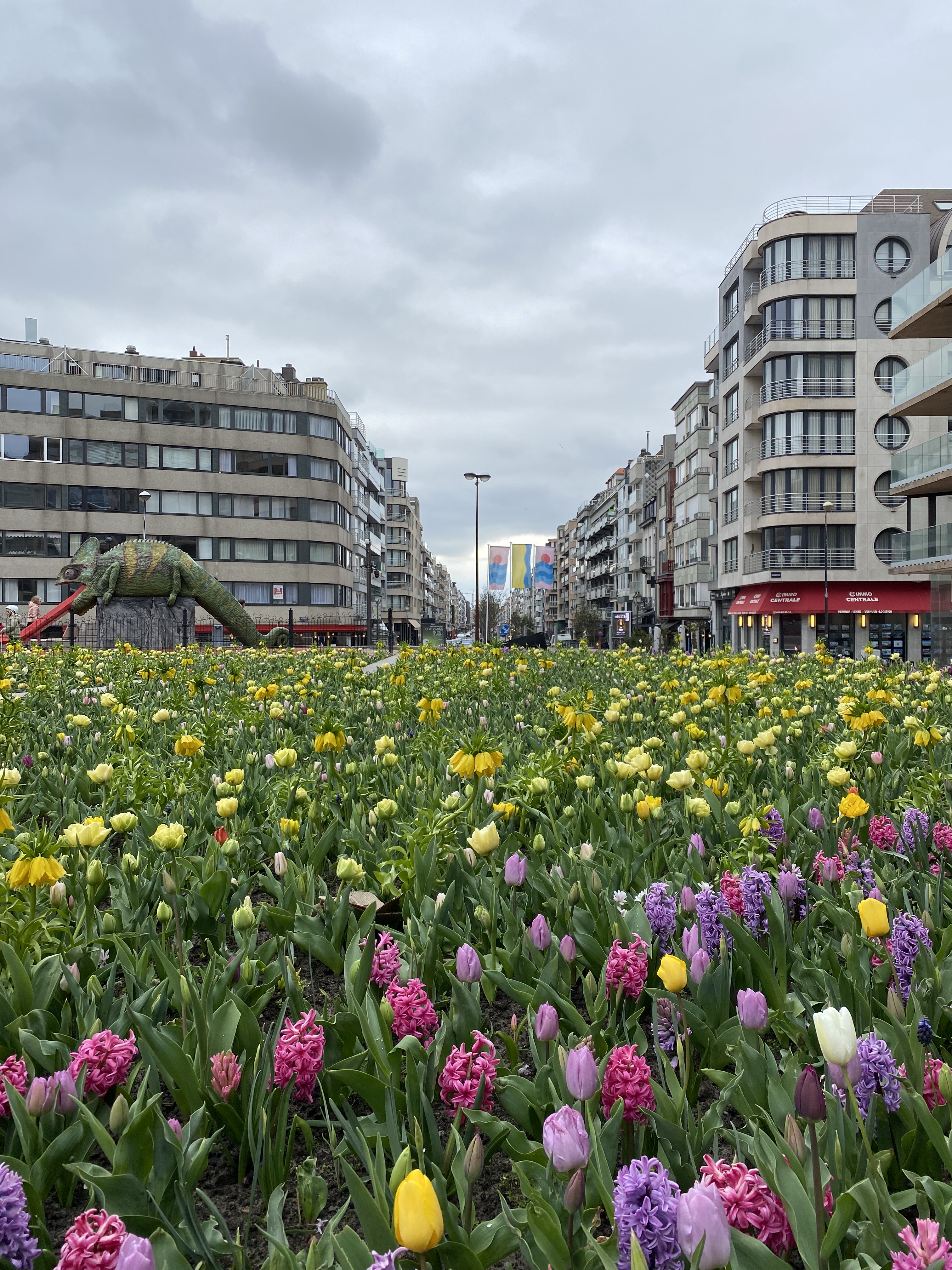














 I managed to read
I managed to read 














 I then saw Rupert Everett (with whom I fell in love years ago after his appearances in films Another Country and Dance with a Stranger in the mid-1980s) in conversation with Alan Yentob. Everett has just completed his film about Oscar Wilde, a passion project which it has taken over ten years to bring to fruition. There was a BBC4 Imagine documentary about it a couple of weeks ago.
I then saw Rupert Everett (with whom I fell in love years ago after his appearances in films Another Country and Dance with a Stranger in the mid-1980s) in conversation with Alan Yentob. Everett has just completed his film about Oscar Wilde, a passion project which it has taken over ten years to bring to fruition. There was a BBC4 Imagine documentary about it a couple of weeks ago. Finally, my last event of the day was hearing Turkish author Elif Shafak speaking about her new book The Forty Rules of Love. I reviewed her novel
Finally, my last event of the day was hearing Turkish author Elif Shafak speaking about her new book The Forty Rules of Love. I reviewed her novel 

 Former home of Beatrix Potter, now in the care of the National Trust. A must for lovers of Peter Rabbit, which may now have added resonance after the release of the film earlier this year.
Former home of Beatrix Potter, now in the care of the National Trust. A must for lovers of Peter Rabbit, which may now have added resonance after the release of the film earlier this year.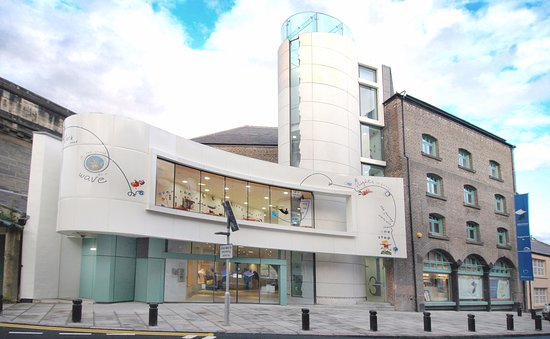 I was living in Newcastle when this place opened and I’m thrilled to see its thriving. They have a fantastic programme of events. Take a look
I was living in Newcastle when this place opened and I’m thrilled to see its thriving. They have a fantastic programme of events. Take a look 
 Stratford upon Avon
Stratford upon Avon